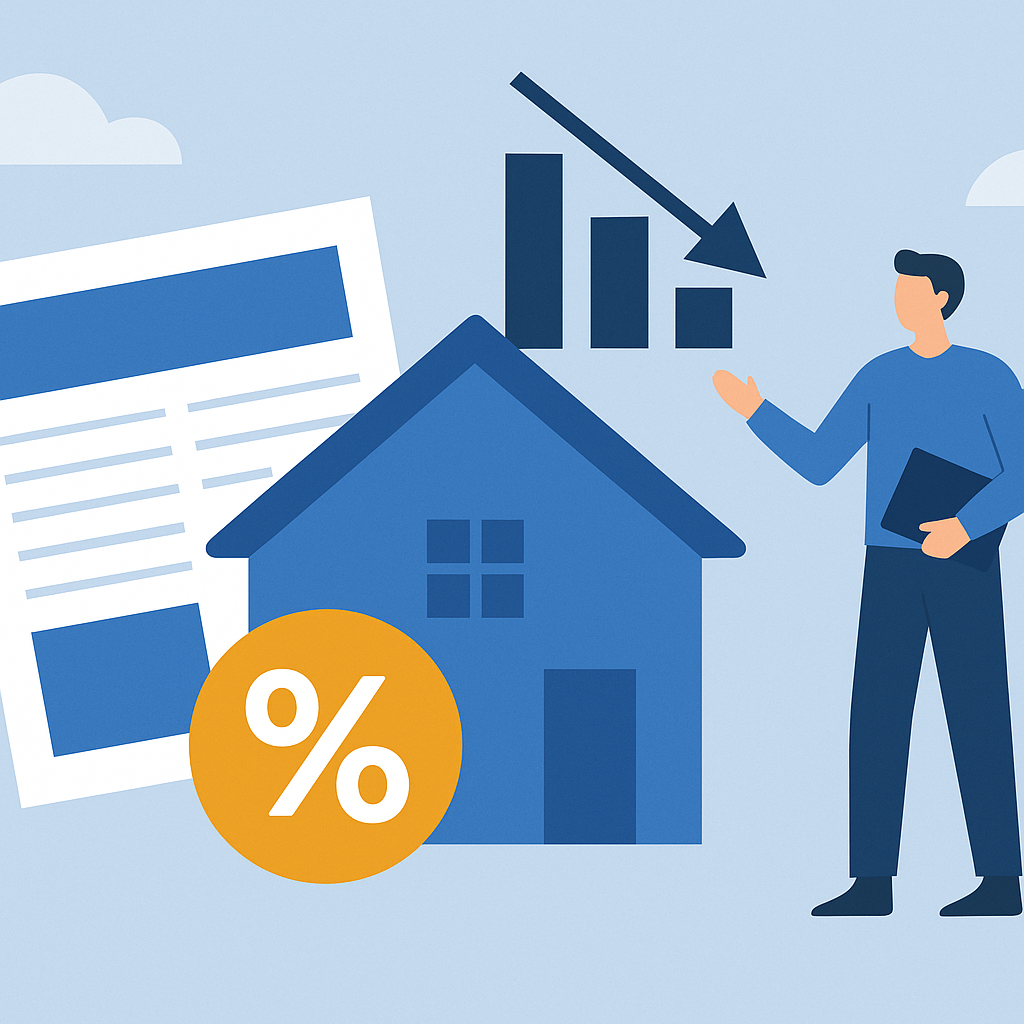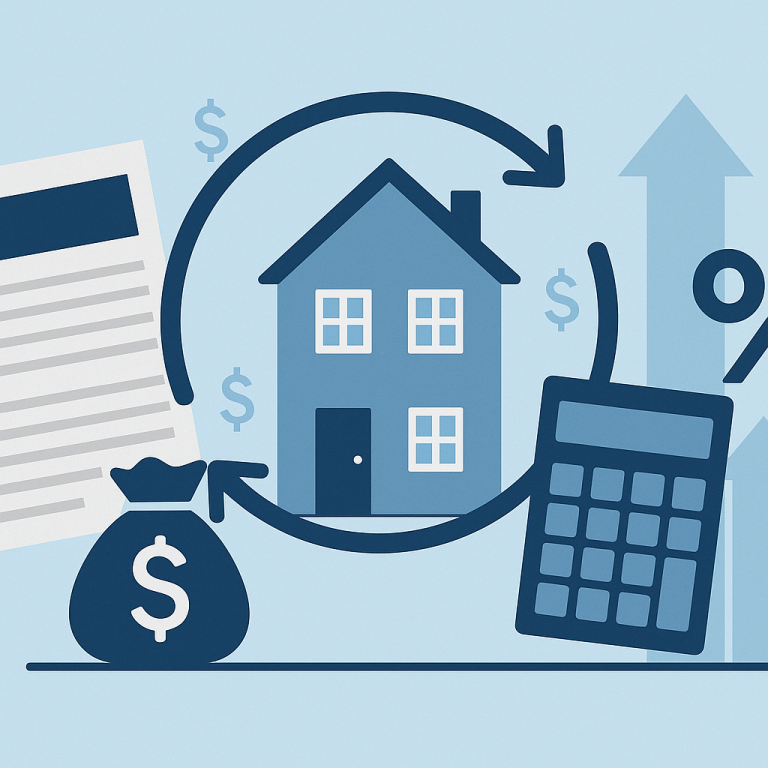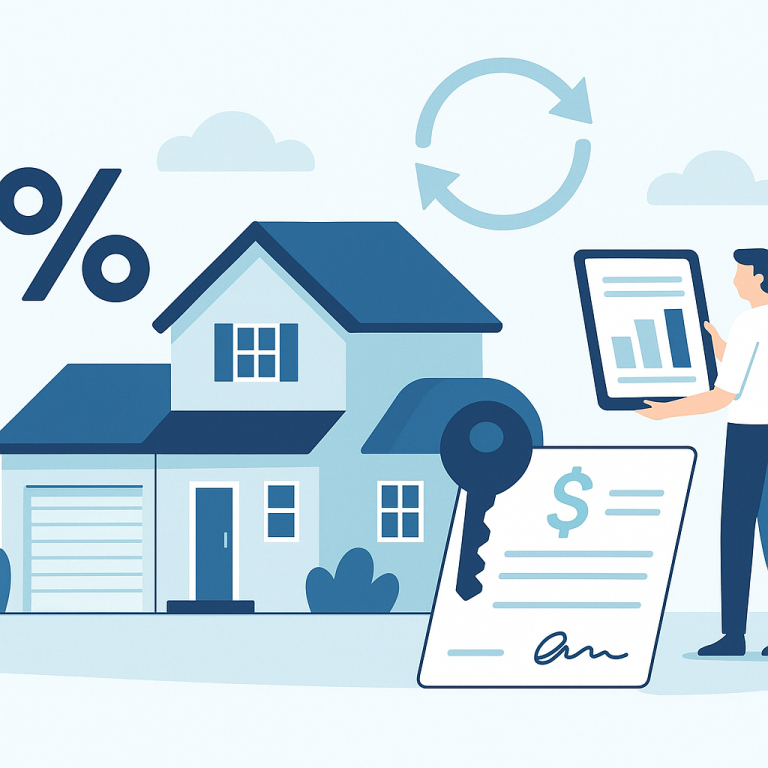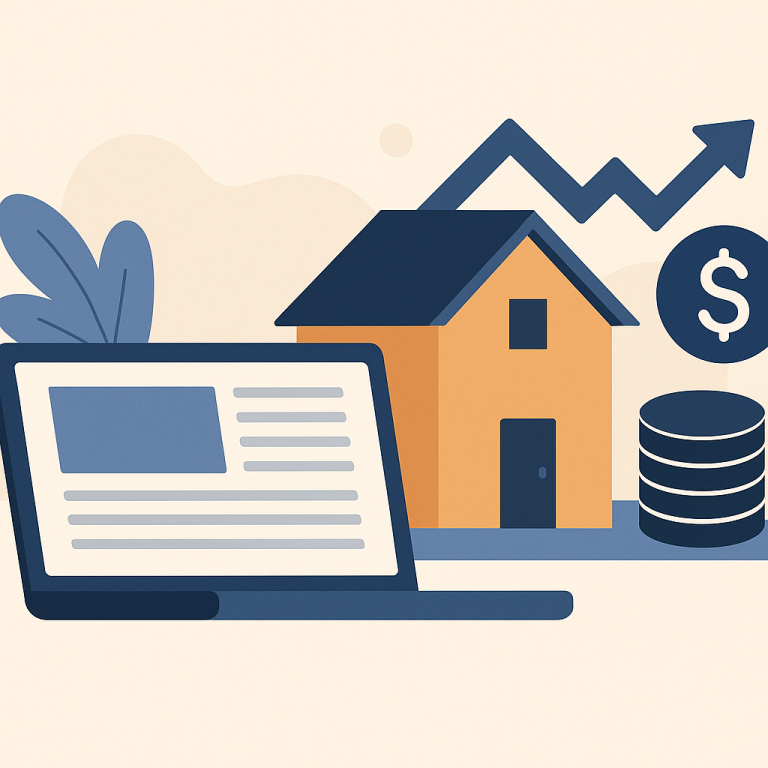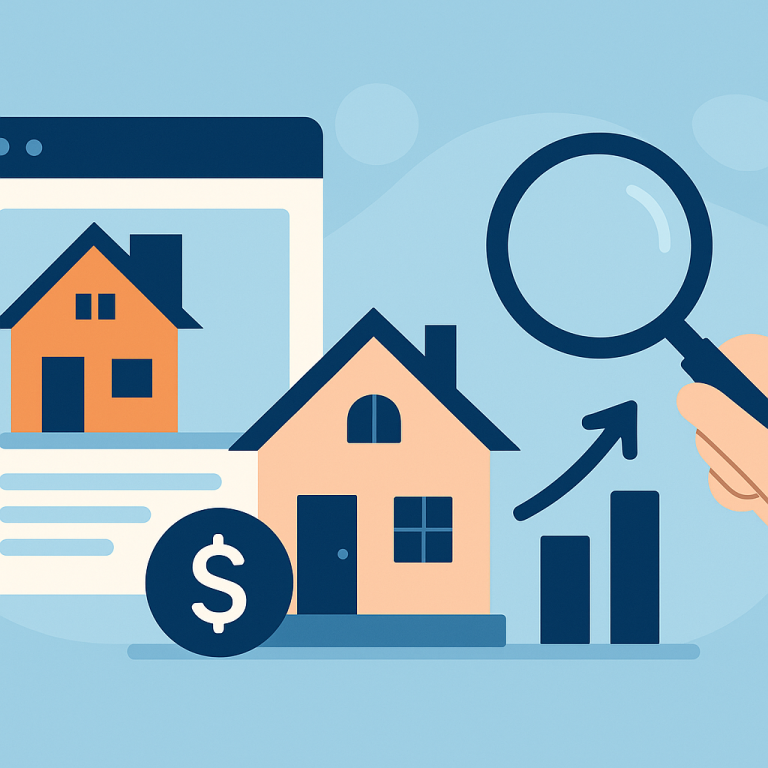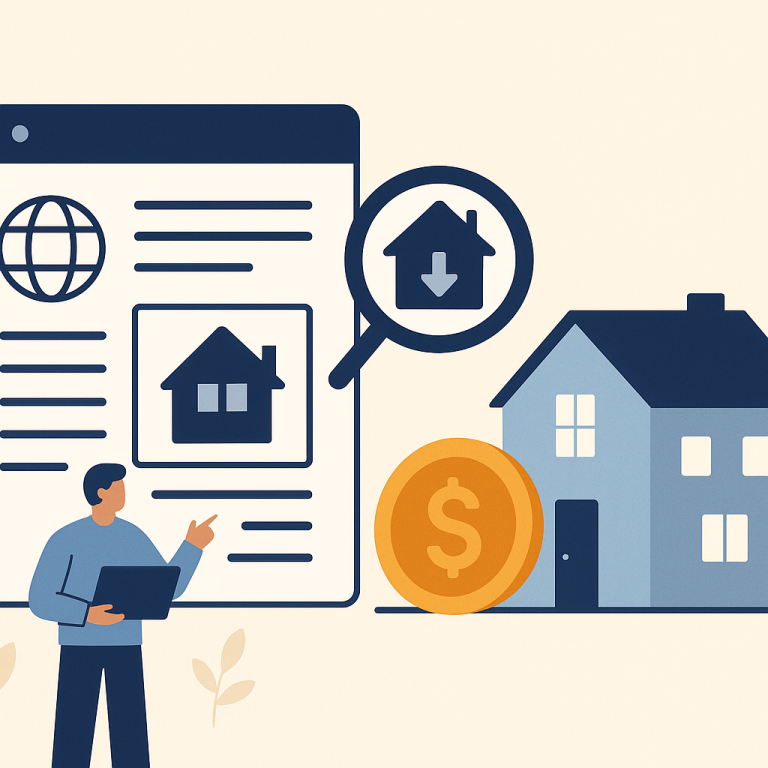Major Lenders Cut Mortgage Refinance Fees, Lowering Closing Costs For Borrowers
Refinancing Activity Shifts as Mortgage Rates Stabilize
Homeowners are recalibrating refinancing plans as mortgage rates move from volatile swings to a more stable range. Lenders and mortgage advisers report that borrowers are increasingly focused on rate-and-term refinances — aimed at lowering interest costs or shortening loan length — rather than cash-out transactions that tap home equity for liquidity. The shift reflects both changing consumer priorities and lender underwriting adjustments.
After a period of sharp rate movement, the market’s relative steadiness has made the economics of refinancing clearer for many borrowers. Those who previously postponed a refinance while waiting for a decisive rate drop are revisiting offers to lock in new terms. At the same time, higher home values in many markets have preserved borrower eligibility for standard refinances, even as some lenders maintain tighter standards for riskier products.
Why the Focus Is on Rate-and-Term Refinances
Several factors are driving the renewed interest in rate-and-term refinances. First, lowering a borrower’s interest rate or shortening the loan term remains the most direct path to reducing total interest paid over the life of the mortgage. Second, with lenders cautious about portfolio risk, products that preserve or slightly reduce loan-to-value ratios face fewer hurdles than cash-out options. Finally, many borrowers are prioritizing predictable monthly payments and long-term cost savings over extracting equity for immediate cash needs.
Lenders have responded by streamlining digital applications for straightforward rate-and-term transactions and reinforcing documentation requirements for borrowers seeking cash out. This divergence means consumers shopping to lower payments or move from adjustable to fixed rates may find faster approvals and competitive pricing than borrowers requesting larger, equity-based loans.
Costs, Timing and Break-Even Considerations
Refinancing still carries upfront costs and closing fees that can offset short-term savings. The appropriate decision depends on the homeowner’s timeline and financial goals. Those planning to remain in their homes for several years generally have a stronger case for refinancing to lower interest or shorten the mortgage term. Conversely, homeowners nearing sale or with short remaining tenure should carefully weigh closing costs against the period needed to recoup those expenses through lower payments.
Borrowers should also be mindful of loan features that affect long-term value, such as resetting payoff timelines or altering amortization. Shortening a mortgage term can increase monthly payments even as it reduces lifetime interest, while lowering the rate without changing the term extends the same schedule with less cumulative interest.
What Homeowners Should Consider
- Assess objectives: Clarify whether the goal is lower monthly payment, faster payoff, or cash for other uses. The optimal refinance product depends on that choice.
- Compare total costs: Evaluate lender fees and closing costs alongside quoted rates to calculate a realistic break-even period.
- Check eligibility: Confirm equity position and documentation readiness, as lenders may apply stricter standards for cash-out loans.
- Lock timing: If rates remain stable, weigh the benefit of locking a rate versus waiting for potential but uncertain movement.
- Review loan terms: Consider the effect of any refinance on amortization, monthly affordability, and long-term interest obligations.
As refinancing dynamics evolve, homeowners who clearly define goals and compare offers stand to gain the most. For borrowers seeking straightforward savings through lower rates or shorter terms, the current market offers practical pathways that may be more accessible than cash-out alternatives.
META: refinancing, mortgage rates, rate-and-term, cash-out, homeowners, mortgage news

